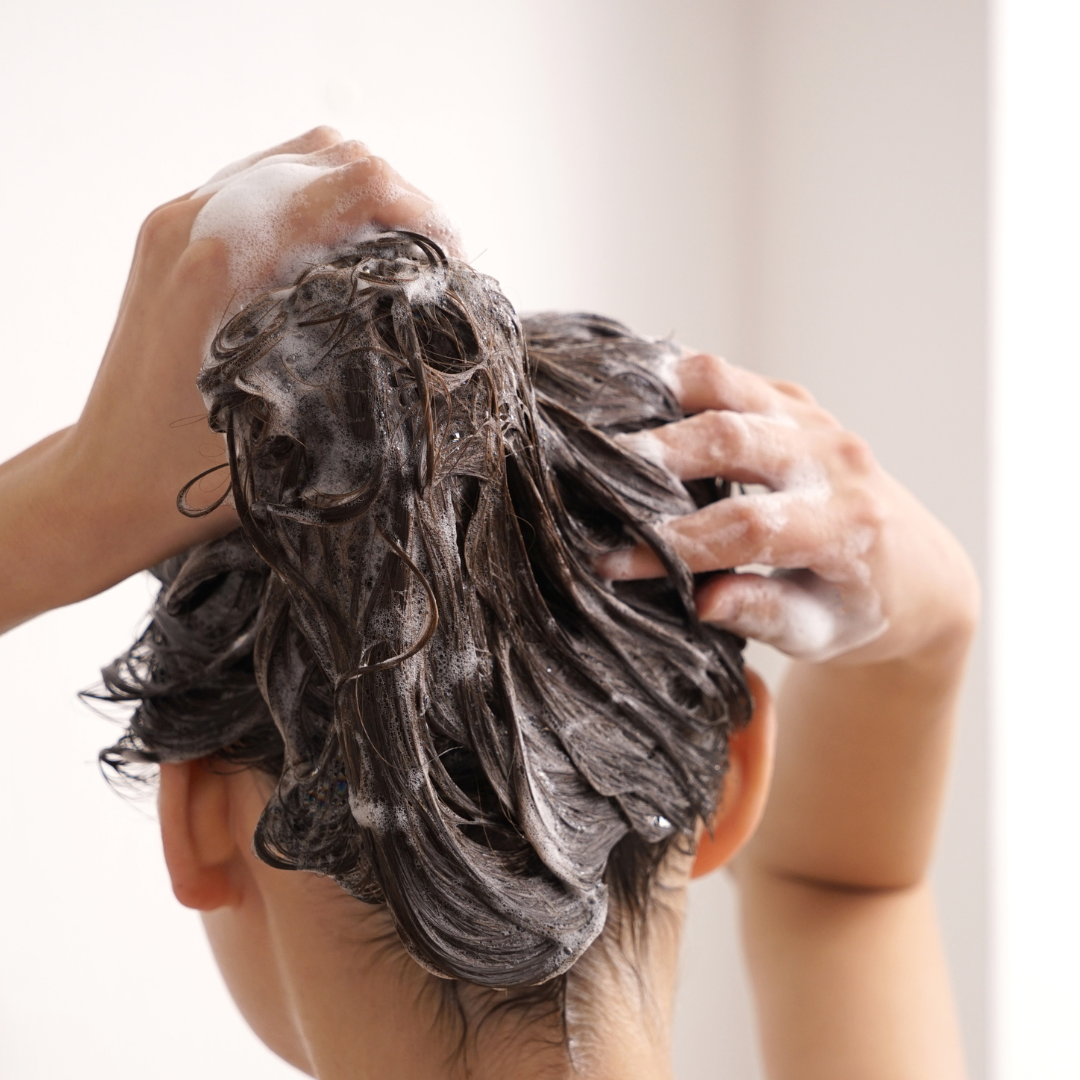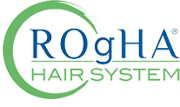Buy your weekday smoothies and get your weekend ones for free. (7 for the price of 5!)

Imagine this: you’re perusing a haircare aisle at a store, intending to purchase some shampoo and conditioner. Ideally, you’d like to find safe and effective products that properly cleanse your scalp and hair. But, halfway through your exploration, you realize that you’re not quite sure what is — or isn’t — in the available products on the shelves.
Whether you’re accommodating a dry, oily, or itchy scalp, searching for a gentle cancer-treatment-friendly product, or just looking to avoid ingredients that are known carcinogens, understanding the composition of your haircare options can feel intimidating, to say the least.
Below, we break down why brands should advertise what isn’t in their formulas, which common additives you may want to skip, and how to vet a label in under a minute.
Beauty buzzwords: They don’t mean what you think
Have you ever fallen victim to a beauty buzzword? You think you’re getting something safe or healthy, but in reality, it’s still a product full of toxins you’d rather avoid. As a consumer, it’s easy to get misled by companies using terms that can be easily misinterpreted as healthy or better for you. Often, it’s just meaningless marketing lingo. (That’s why it’s essential to look for products that have been third-party tested.) .
So, what should you be wary of? Chances are, you’ll see a lot of beauty buzzwords in the haircare aisle, such as “all-natural,” “chemical-free,” and “organic,” to name a few. The truth? Water itself is a chemical, and the term “natural” lacks a formal legal definition. Even “organic” claims can be misleading and often misunderstood. That’s why knowing what’s not in that shampoo or conditioner is just as important as knowing what is.
Know your chemicals: Choose hair products that explain what’s not inside
Unfortunately, there isn’t a lot that can be done about the trendy terms on your shampoo bottles. Luckily, you can seek out brands that go above and beyond to educate you about what isn’t in them. Below, we’ve compiled a list of common haircare ingredients. If you’re looking for haircare that's designed for sensitive scalps, you may want to avoid these. Limiting exposure to many of the ingredients listed below is a simple step that we can all benefit from. It's important to know what you're getting (and not getting) in your products.
Sulfates: Commonly known as Sodium Lauryl Sulfate (SLS) and Sodium Laureth Sulfate (SLES), sulfates are used for their cleansing and foaming properties and can often be found in shampoos, hand soaps, body washes, and dish detergents. Increased exposure to sulfates can lead to dry skin and scalp sensitivities, and may also result in frizzy, dry, and fragile hair.
Parabens: Propylparaben, Isobutylparaben, Butylparaben, Ethylparaben, and Methylparaben are parabens used as preservatives in cosmetics to extend shelf life. Parabens can also be found in processed foods, household cleaning products, shampoo, moisturizers, and many other products we encounter on a daily basis. Ongoing exposure can lead to an increased risk of contact allergens and dermatitis, while also raising the risk of potential health problems.
Triclosan: An antimicrobial agent incorporated into cosmetics as a preservative, Triclosan can be found in deodorants, shampoos, conditioners, and aftershave products. In 2016, the FDA banned Triclosan from use in over-the-counter (OTC) antibacterial hand and body soaps due to a lack of evidence on its safety and effectiveness.
Formaldehyde: Found in a variety of cosmetics in the form of Formaldehyde-releasing preservatives (FRPs), such as Quaternium-15 and DMDM Hydantoin, Formaldehyde is commonly detected in nail products, shampoos, makeup, and hair treatments. It has been known to be an irritant and allergen, with increased exposure raising concerns about its potential carcinogenicity.
Methylchloroisothiazolinone (MCI) and Methylisothiazolinone (MIT, also known as MI): These compounds are used as preservatives and can be found in various cosmetics, including shampoos, conditioners, body washes, and some baby products. Both ingredients are commonly found together and have been identified as potential allergens, which can lead to skin irritation. Many consumers experience the sensitivity without realizing the cause.
Gluten: Surprisingly, gluten can be found in a variety of products, including shampoo, conditioner, and makeup. Not typically found to be of concern when used as a topical application. Unless a contact allergy is identified, concerns about Celiac disease or gluten sensitivities are at a higher risk of exposure with products that are at risk of ingestion.
Phenoxyethanol: Used as a preservative, Phenoxyethanol can be found in shampoo, sunscreen, lip gloss, hair color, lotion, and many other cosmetics. Increased exposure has been linked to skin itching and dermatitis.
Phthalates: These can be found in shampoo, aftershave lotions, hair sprays, and other personal care products. Often, this ingredient can be listed in the ingredient deck or hidden under the term “fragrance.” Phthalate toxicity is an issue of concern for public safety, considering the amount of exposure, quantity, and duration of continued exposure.
pH Appropriate formulation: The pH is just as important as the ingredients! Often overlooked, issues such as frizzy hair, hair damage, color fading, scalp irritation, and even dandruff can occur when the pH level is too acidic or alkaline.
If you’re curious, ROgHA® formulates our products without the ingredients listed above to minimize exposure and prevent long-term effects on the scalp, hair, and overall health.
How to decode a label in 60 seconds
Want to quickly determine if a product is trustworthy? Start by reading the entire ingredient deck! If one lands on your personal no‑go list, say, a harsh sulfate or potential carcinogen such as formaldehyde, simply put the bottle back and move on.
Next, hunt for the catch‑alls. Generic terms such as colorant, synthetic fragrance, or proprietary blend can conceal dozens of undisclosed toxins. Brands that value transparency spell out every dye or aroma component in plain language so you know exactly what you’re buying.
Now check the pH claim. Trustworthy products show their numbers (usually 4.5‑5.5) and explain why that range supports your scalp’s natural acid mantle. A vague “pH‑balanced” slogan without data is just that marketing filler we talked about earlier.
Finally, look for third‑party verifications.
How to find a haircare brand you can trust
The secret to finding a trustworthy product? Check the brand story. Do they openly discuss why certain ingredients are excluded, or do they hide behind buzzwords? And do they have third-party verifications? Conduct thorough research and stay informed by focusing on brands that offer complete transparency. If your stylist, dermatologist, or Trichologist recommends a product that lists exactly what’s not inside — and can prove it — that’s a strong endorsement.
Add ROgHA® to your daily haircare routine
At ROgHA®, every formula is pH‑appropriate, third‑party tested, and free from the sulfates, parabens, formaldehyde donors, and other additives listed above. By publishing our no-go list and conducting third-party testing, we make it easy for you to see what you're not putting on your scalp while limiting exposure to many toxic ingredients, utilizing only the highest quality, necessary ingredients.
